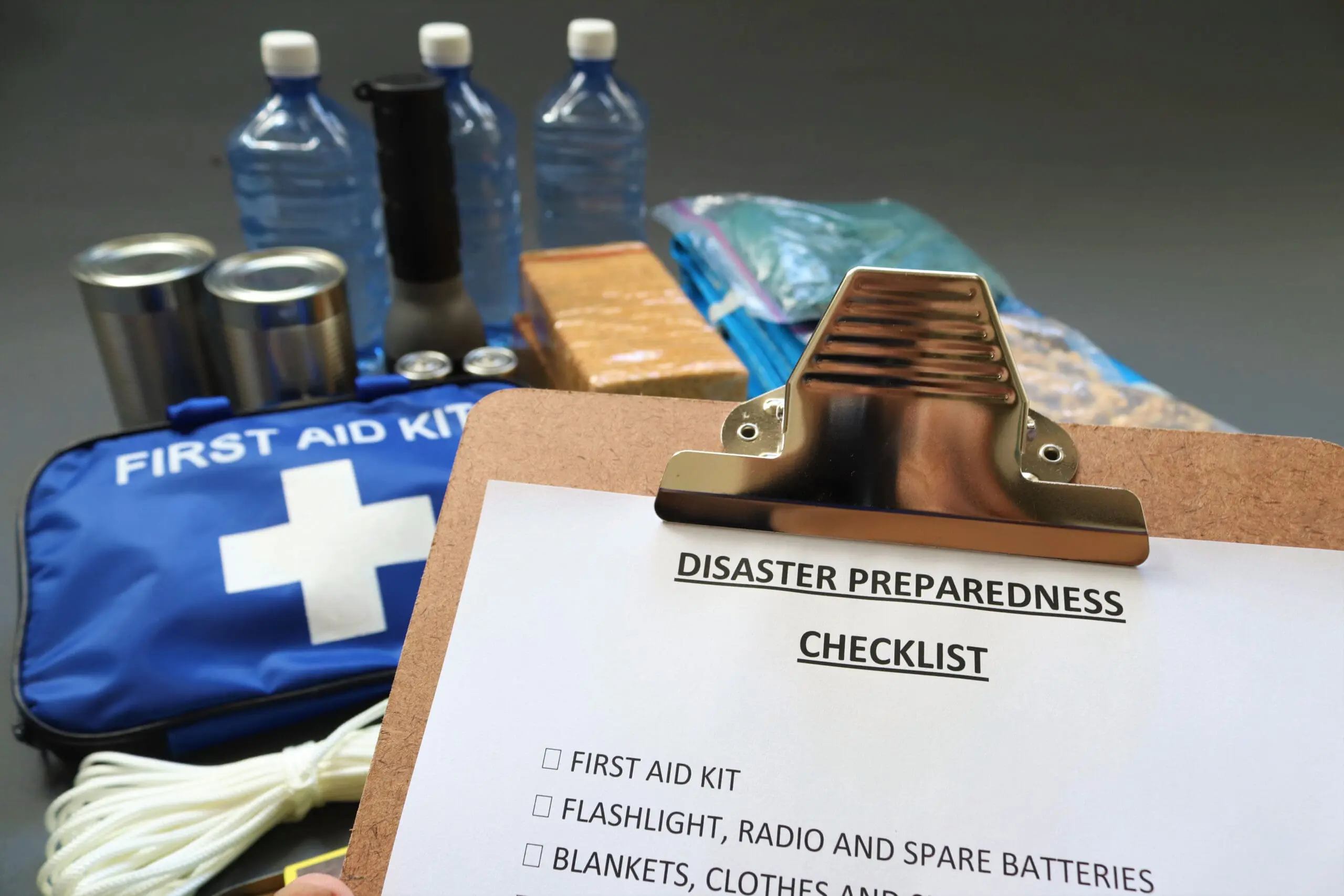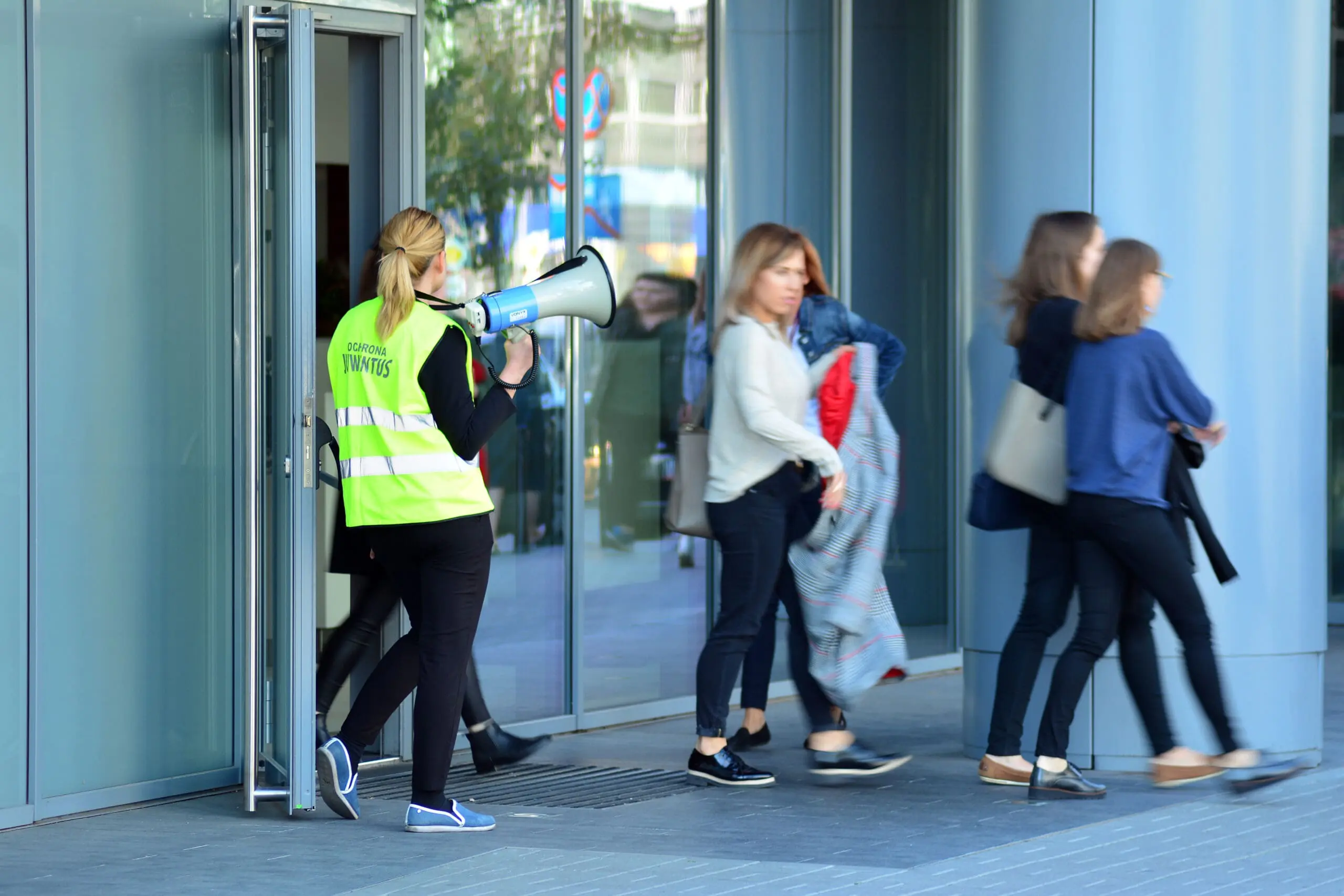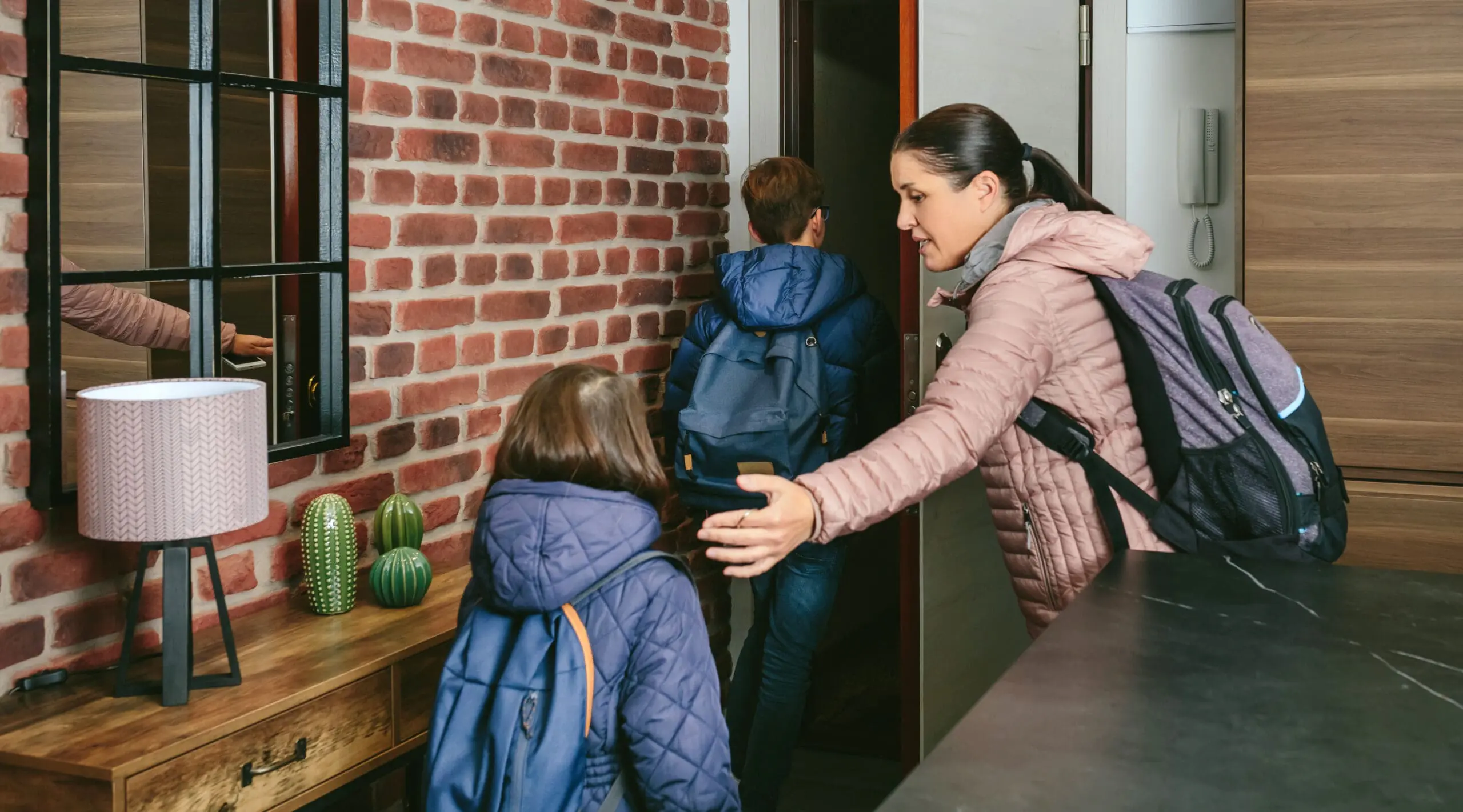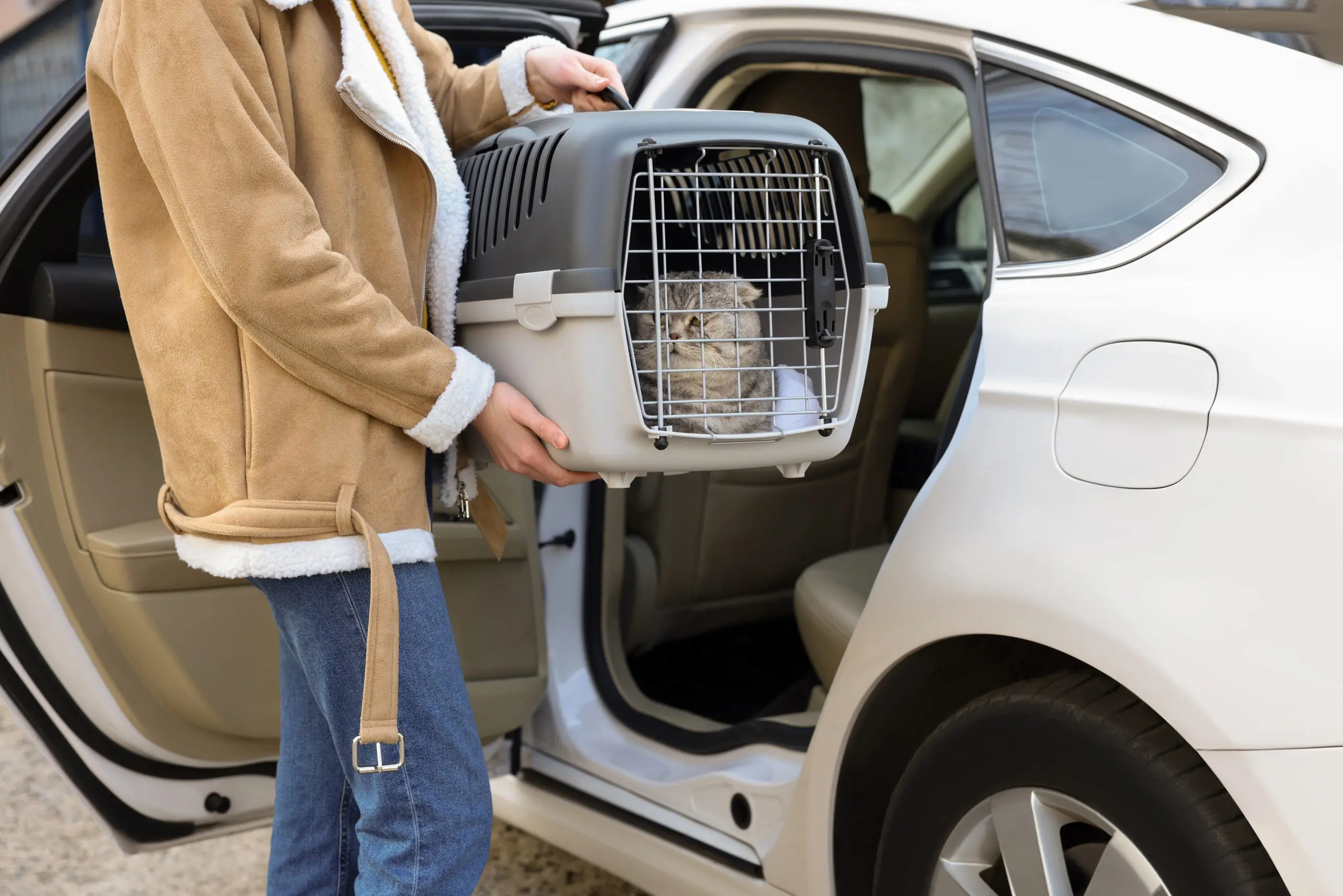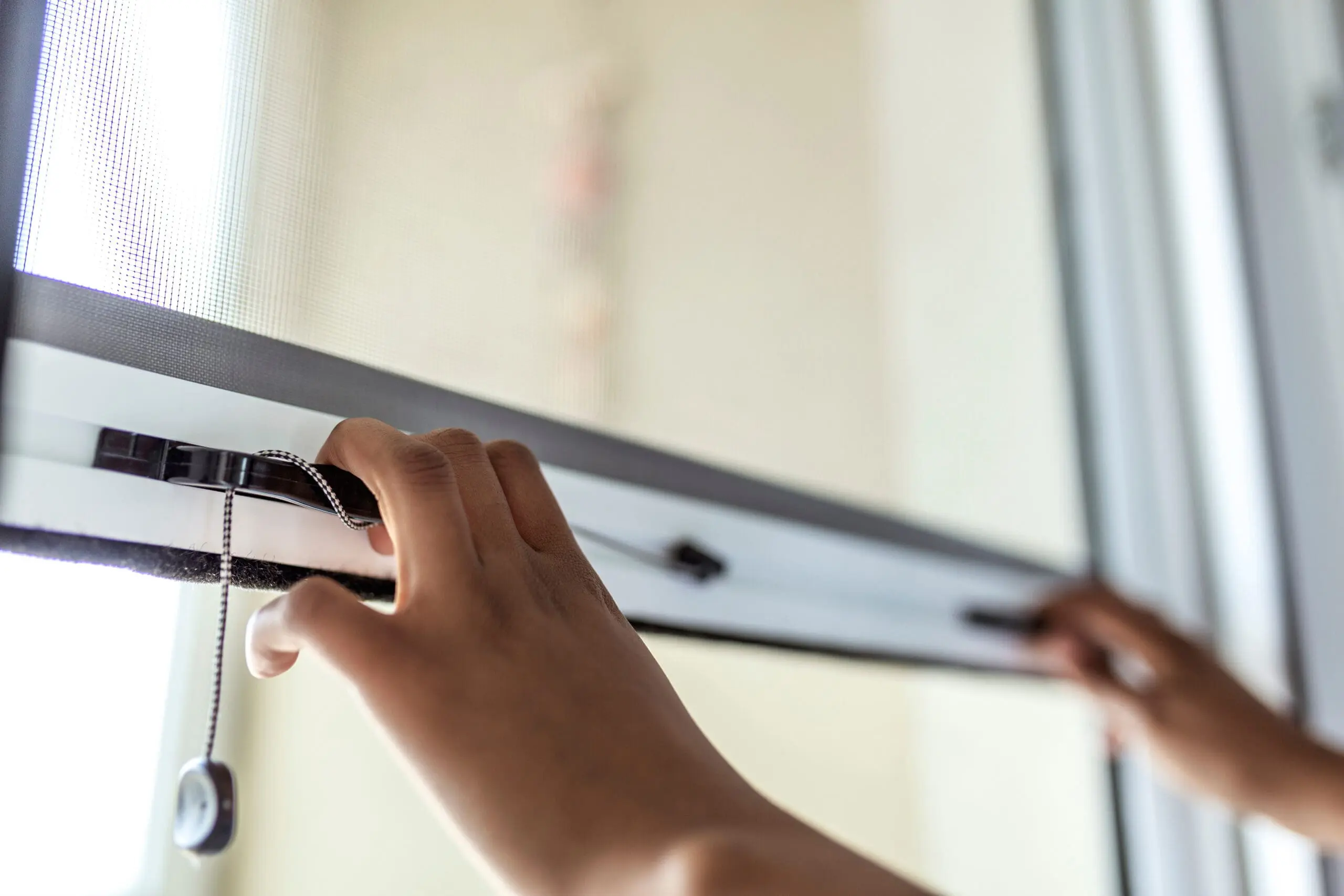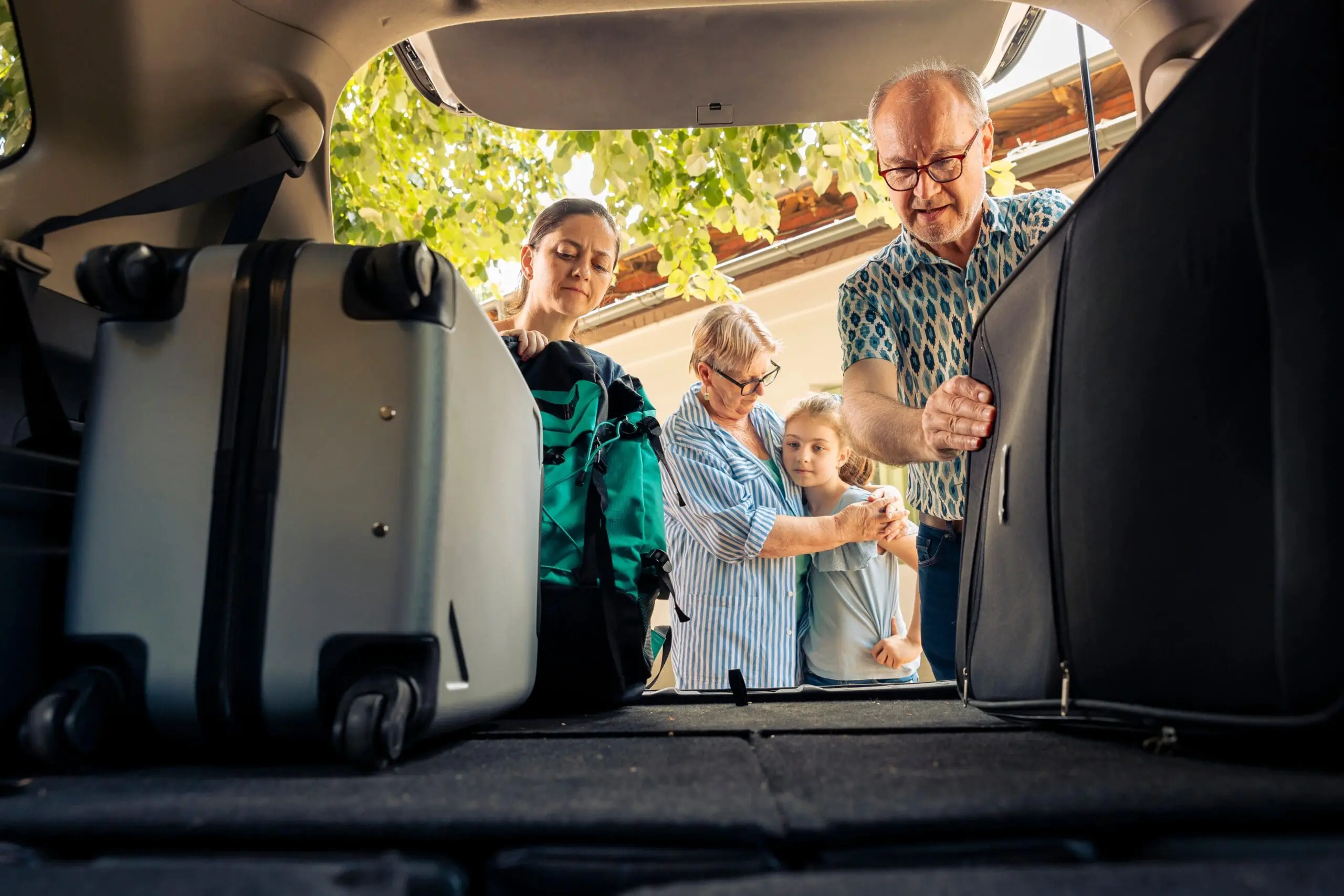- How will you be notified?
Sign up for emergency alerts and warnings @ AlertMarin.org.
- Where will you go?
Head downhill, away from the fire. Usually the fastest way to a main road is the best route. Don’t use fire roads and follow directions from emergency responders to safety. You may be directed to a temporary area of refuge, typically a large parking lot or open space with minimal vegetation where you can safely park in your car until the fire passes.
- How will you get there?
Get in a car and go as quickly as possible. A vehicle will provide protection from heat and burning embers. If you do not have a car, you must preplan a way to evacuate. Working with close neighbors is usually the best strategy. Car pool when possible to reduce traffic.
- What will you bring with you?
The most important thing to bring is your life. Grab your medicine, ID, glasses, phone and charger, and Go Bag. If you have time, remember that if it won’t fit on a couch, it won’t fit in your car.
- Who will you contact?
Once you’re in the car, call your emergency contacts to let them know you are evacuating.

